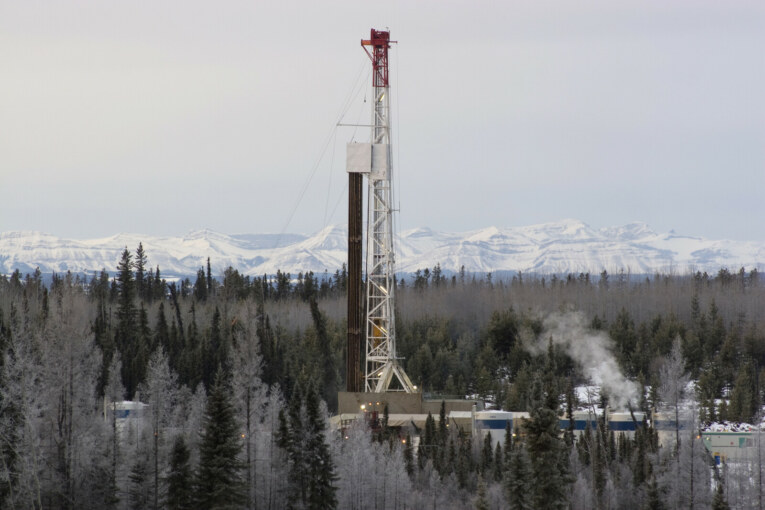
U.S. natural gas futures jumped about 7% to a three-week high on Friday at the end of an extremely volatile week of trade on forecasts for much colder weather and higher heating demand in mid-November than previously expected.
The market was focused “on the potential arrival of widespread below-average temperatures across the U.S. around mid-November that will increase demand for gas as heating fuel,” analysts at energy consulting firm Gelber & Associates said in a note.
Futures also gained support from a drop in output so far this month and expectations the Freeport liquefied natural gas (LNG) export plant in Texas would return to service soon, according to traders.
Freeport LNG submitted a draft Root Cause Failure Analysis to the Department of Transportation’s Pipeline and Hazardous Materials Safety Administration (PHMSA) on Nov. 1, according to sources familiar with the filing. Freeport LNG, however, has not yet submitted a request to resume service.
Freeport LNG said it still expects the 2.1-billion-cubic-feet-per-day (bcfd) export plant to return to at least partial service in early to mid-November following an unexpected shutdown on June 8 caused by a pipeline explosion.
At least four vessels were lined up to pick up LNG at Freeport, according to Refinitiv data. Prism Brilliance, Prism Diversity and Prism Courage were waiting off the coast from the plant, and Prism Agility was expected to arrive around Nov. 29.
In what has already been an extremely volatile week, front-month gas futures rose 42.5 cents, or 7.1%, to settle at $6.400 per million British thermal units (mmBtu), the highest close since Oct. 14. That follows a rise of 12% on Monday, a drop of 10% on Tuesday, a rise of 10% on Wednesday, and a drop of 5% on Thursday.
For the week, the contract was up 13% after gaining 15% last week.
In the spot market, mild weather and low heating demand pressured gas prices for Friday in the U.S. Northeast, with the Eastern Gas South hub in Pennsylvania at its lowest since November 2020, New York City at its lowest since April 2021, and the Algonquin hub in New England at its lowest since June 2021.
Overall, gas futures were up about 72% so far this year as much higher global gas prices feed demand for U.S. exports due to supply disruptions and sanctions linked to Russia’s invasion of Ukraine.
Gas was trading at $35 per mmBtu at the Dutch Title Transfer Facility (TTF) in Europe and $29 at the Japan Korea Marker (JKM) in Asia.
U.S. gas futures lag far behind global prices because the United States is the world’s top producer with all the fuel it needs for domestic use, while capacity constraints and the Freeport outage have prevented the country from exporting more LNG.
Data provider Refinitiv said that average gas output in the U.S. Lower 48 states fell to 98.1 bcfd so far in November, down from a record 99.4 bcfd in October. Traders, however, noted that early-month output figures were usually revised higher later in the month.
With the coming of seasonally colder weather, Refinitiv projected average U.S. gas demand, including exports, would rise from 97.6 bcfd this week to 100.1 bcfd next week and 119.0 bcfd in two weeks. The forecast for next week was higher than Refinitiv’s outlook on Thursday.
The average amount of gas flowing to U.S. LNG export plants rose to 11.4 bcfd so far in November, up from 11.3 bcfd in October.
That is still well below the monthly record of 12.9 bcfd in March due mostly to the ongoing outage at Freeport. The seven big U.S. export plants can turn about 13.8 bcfd of gas into LNG.
You can read more of the news on source



